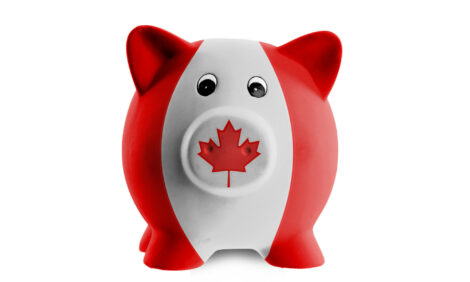



EUROTIER - Novel Feed Materials to Change Nutrition Concepts
GERMANY - A range of new feed materials could soon be expanding the way livestock and fish and raised and finished.Everything the livestock producer, animal nutritionist and feed manufacturer could ask for in the range of raw materials and ingredients for animal feed have been made available by the German agricultural association, DLG at the EuroTier exhibition in Hanover.
Staged on the association's feed gallery are a range of materials from traditional cereals, grains and oil seeds to forage and silage to minerals, animal by-products, including pig blood plasma for pigs and poultry and haemoglobin powder as well as roots and fish meals.
However, the Feed Gallery is also demonstrating a range of novel raw materials not traditionally associated with livestock feeds.
Among the novel ingredients are Spirulina algae which are produced across the EU including Germany and also in Asia.
The blue green algae cyanobacteriae from the sperulina species are produced under natural conditions in natural alkaline unfertile lakes or in open cultivation facilities such as raceway ponds.
The algae are deactivated by drying to produce a high protein feedstuff for pigs, poultry and aquaculture that is high in nutrient density.
Chlorella algae that are also produced across the EU and in Asia under controlled conditions in either open or closed cultivation facilities are another source of high protein feed for pigs, poultry and aquaculture.
German scientists are also testing insect protein from Hermetia, dried water hyacinths and duck wheat as other novel materials for animal and aquaculture feed.
The insect protein, which is at present in the experimental stage is obtained from hydrolysed dried grubs of Hermetia illucens.
Other novel fed materials that are being used in Germany are the cell walls of yeast, which have a high content of soluble fibre that is obtained by treating the yeasts with enzymes and using a centrifuge. The resultant feed material is said to be suitable for both pigs and aquaculture.
More high fibre feed material is being found in powdercellulose for a feedstuff for pigs and lignocellulose which can act as a feed material for cattle, pigs and poultry.








